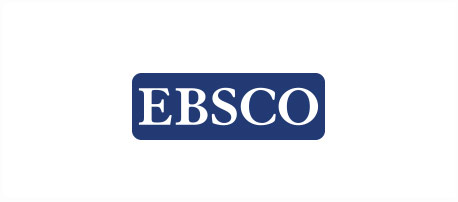Efficacy of Selected Fungicides Against Thielaviopsis paradoxa, the Causal Agent of Neck Bending Disease in Oil Palm
DOI:
https://doi.org/10.64290/bima.v9i2B.1276Keywords:
Elaeis guineensis Jacq. Thielaviopsis paradoxa, Disease Management, Fungicide Application.Abstract
The oil palm (Elaeis guineensis Jacq.) is a vital tropical crop cultivated primarily for palm oil production. In Nigeria, the emerging Thielaviopsis paradoxa-induced neck bending disease poses a significant threat to oil palm yield. This study evaluated the efficacy of four fungicides (Z-force (80%), W-force (3%), Cabrio (3%), and Purudan (40 g/L)) against T. paradoxa in vitro and in vivo. Fungicides were tested in vitro at concentrations of 5, 10, 15, and 20 ppm against two T. paradoxa isolates from diseased oil palm trunks. Z-force (20 ppm) and W-force (20 ppm) exhibited the highest mycelial growth in vitro, while W-force demonstrated notable antifungal activity at 15 ppm. The most effective fungicide (W-force) was further tested in vivo using ring and center spraying methods to assess its impact on oil palm yield. The ring spray method significantly enhanced reproductive output, leading to increased inflorescence and fruit bunch production compared to center spear spraying. However, complete field control of T. paradoxa symptoms was not achieved, highlighting the need for integrated disease management approaches. These findings suggest that strategic fungicide application, particularly W-force (3%) via ring spraying, can improve oil palm productivity and contribute to more effective disease management in commercial plantations.




